Report this entry
More from the same community-collection
El Paso High School Vs. Austin High school
El Paso high school attempts to break a Guinness world record of ...
El Paso High School Vs. Austin High school
El Paso high school attempts to break a Guinness world record of ...
El Paso High School Vs. Austin High School
El Paso High School attempts to break a Guinness world record of ...
College and Career Readiness - Video
Team SISD works daily with a laser-sharp focus on college and ...
Highly Qualified, Effective, Faculty and Staff - Video
Every member of Team SISD has a critical role in the academic ...
Direction Four: Home, School, and Community Partnerships - Video
Team SISD acknowledges that the success of the district depends ...
Tom McKay's 82nd Birthday Party - 2016
Tom McKay's 82nd birthday celebration - 2016 at Mac Adoo's. ...
Welcome Home El Paso Vietnam Veterans - 2016
Albert Hernandez and wife Alicia at Vietnam Veterans Event in El ...
Albert A. Hernandez - Vietnam Veteran - 2016
Albert A. Hernandez on the USS Midway in San Diego, California - ...
Albert A. Hernandez - Vietnam Veteran - 2016
I graduated from Jefferson High School in May of 1965. Shortly ...
El Paso Police Department Motor Officers
El Paso Police Department Vintage photo of Motor Bike Officer's ...
El Paso Police Department's First Official Academy Class - 1958
EPPD's First Official Academy Class El Paso, Texas May 21,1958.
El Paso Police Department Badge - El Paso, Texas
Image shows badge of Police Department in El Paso Texas.
Mountain View High Students - 2016
MVHS - Mountain View High, Students 2016 Mountain View High ...
HM2 Hernandez, Albert A. - Vietnam - 1965
I graduated from Jefferson High School in May of 1965. Shortly ...

















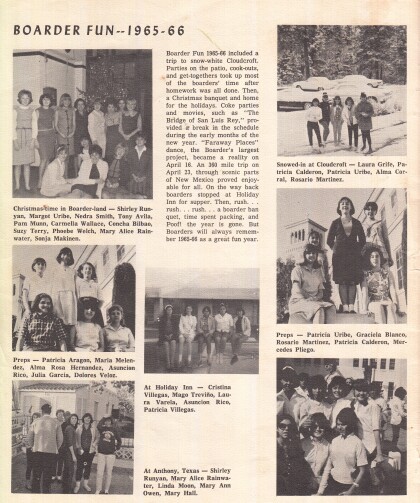

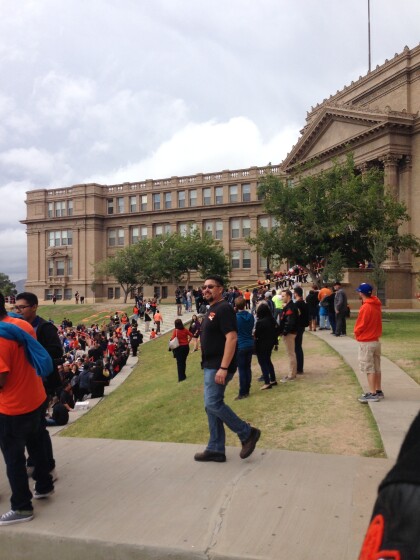
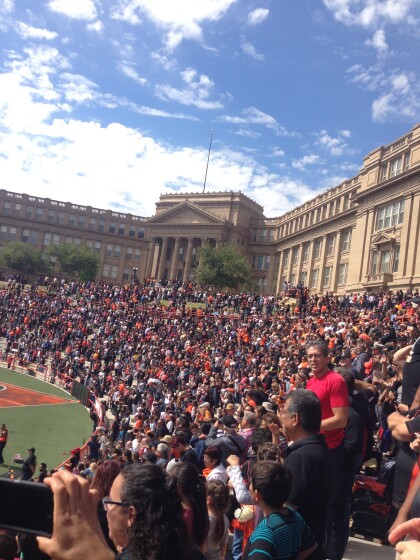
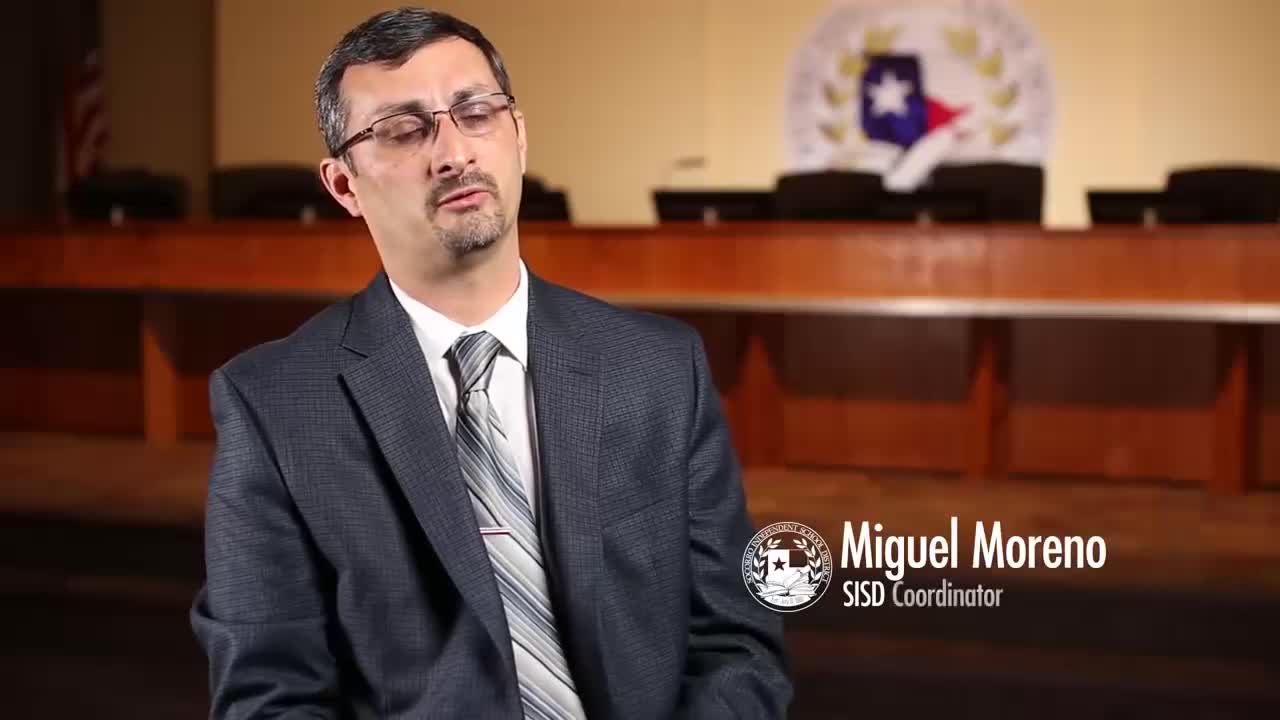




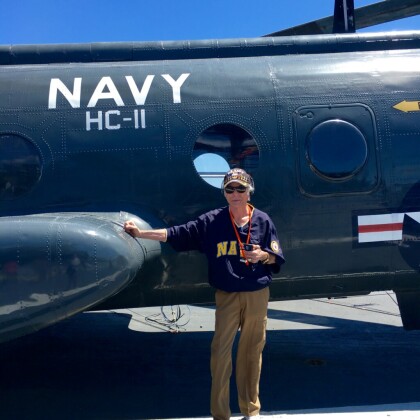
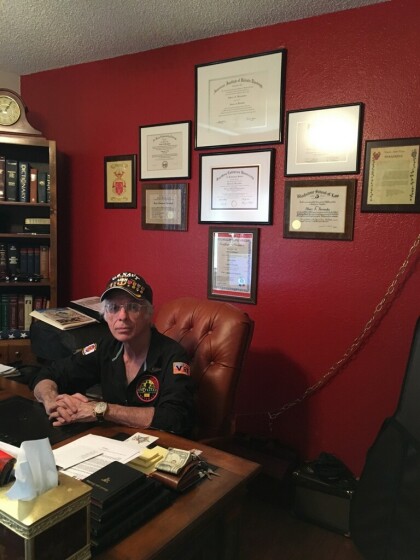

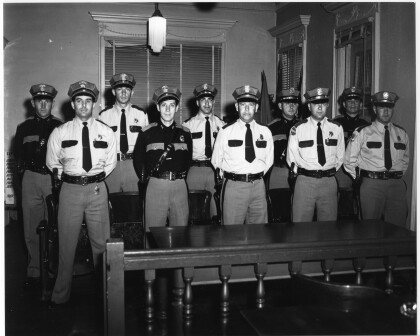
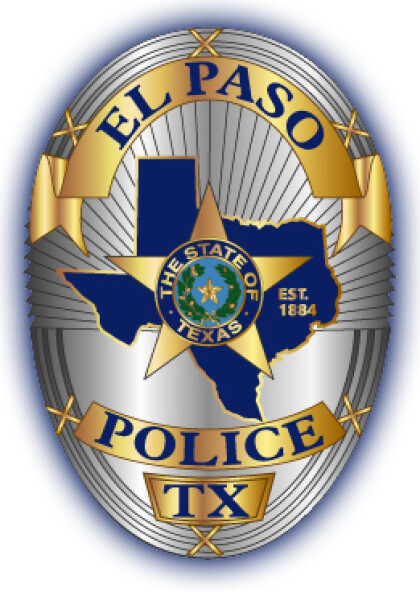

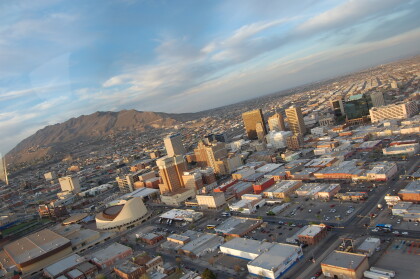
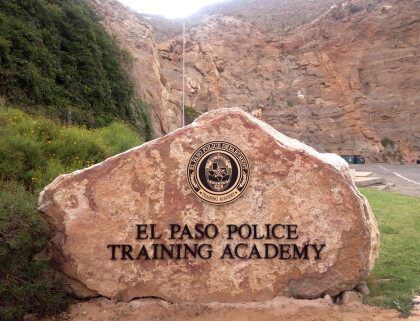
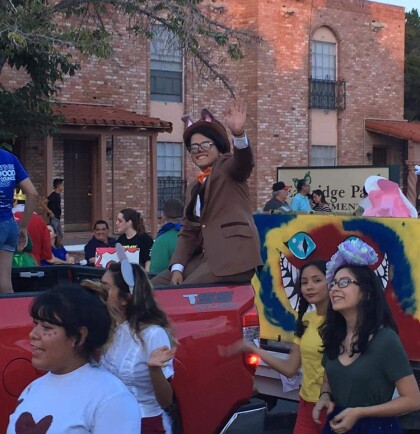

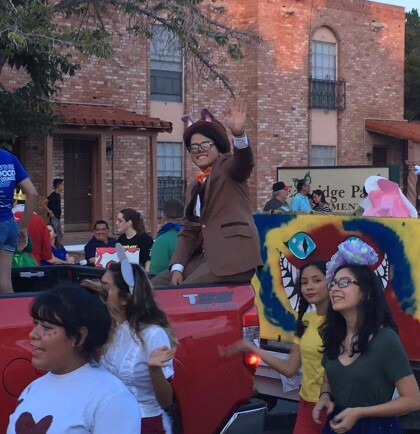

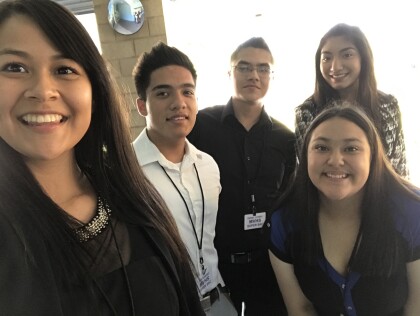
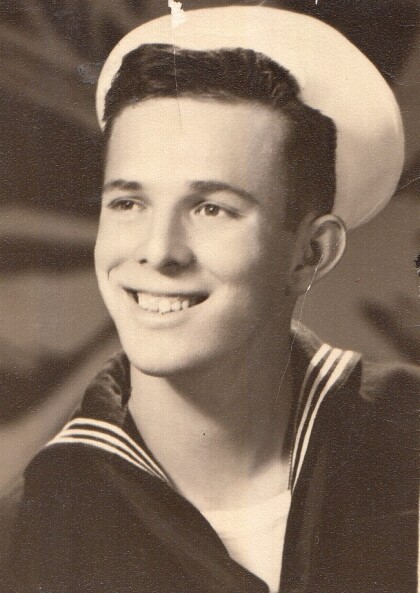
Comments
Add a comment